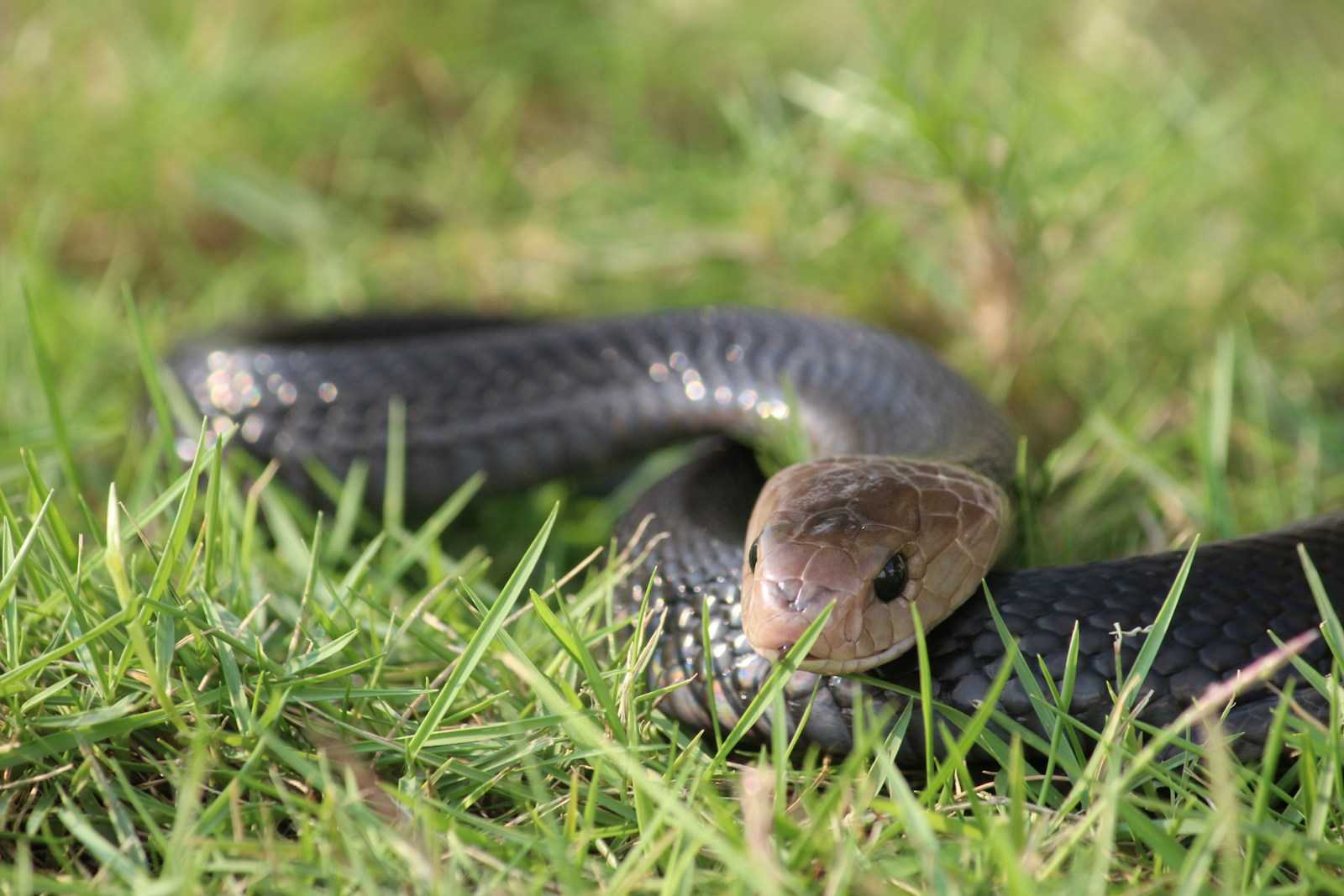When we think of venomous snakes, our minds often conjure images of deadly predators striking with lightning speed and lethal intent. These reptiles have earned fearsome reputations, inspiring both awe and terror across human cultures worldwide. Yet beneath the scales of one particular venomous serpent lies a surprising duality—a creature equipped with potent venom that also displays remarkably gentle behaviors under certain circumstances. The king cobra (Ophiophagus hannah), the world’s longest venomous snake, possesses this fascinating contradiction. Despite having venom powerful enough to kill an elephant, these majestic reptiles reveal unexpected complexity in their behaviors, challenging our simplistic view of them as mindless killing machines.
The King Cobra: An Overview
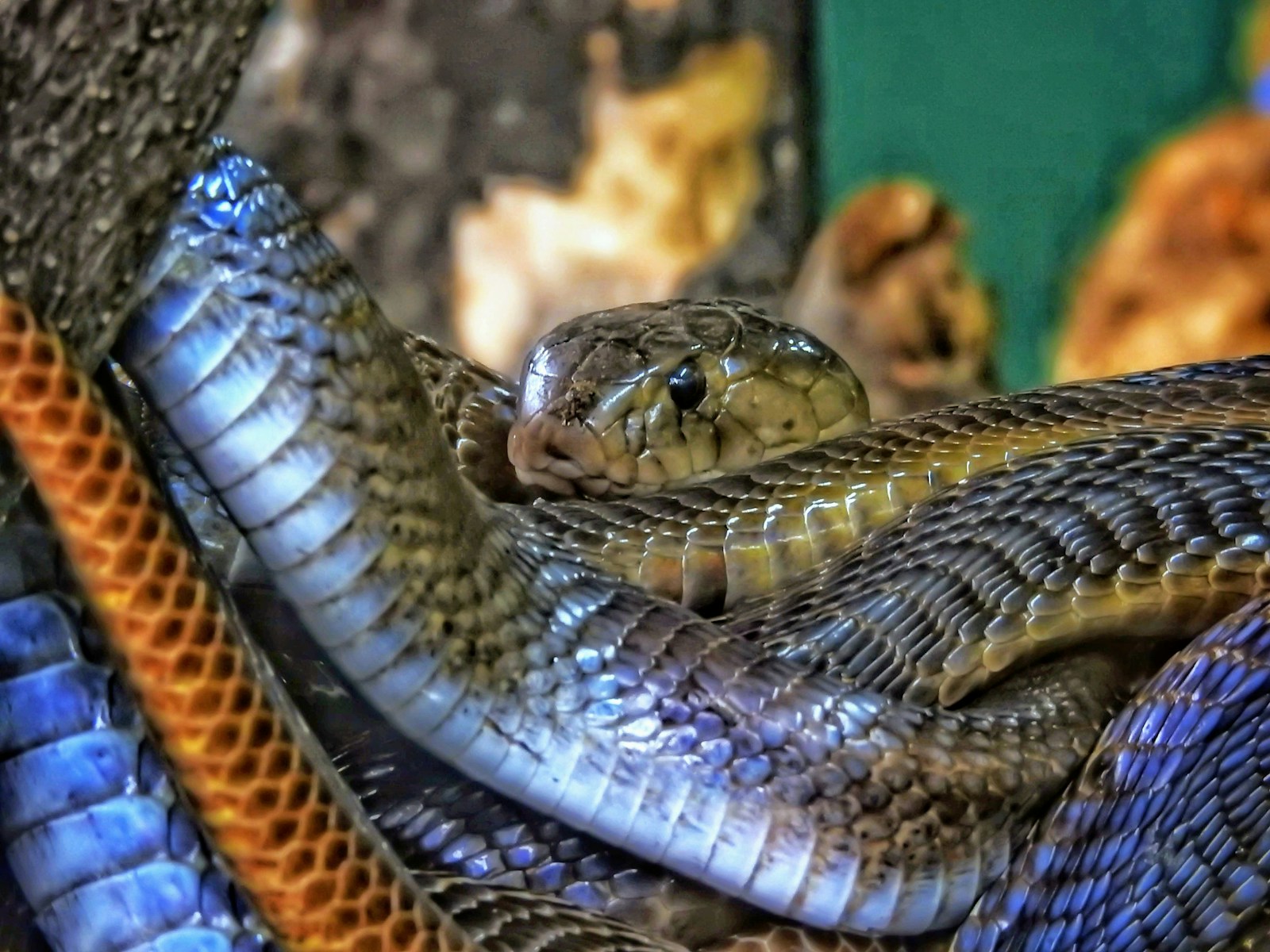
The king cobra stands apart as a truly remarkable serpent, reaching impressive lengths of up to 18 feet, making it the longest venomous snake in the world. Native to the forests of Southeast Asia and the Indian subcontinent, these magnificent reptiles have carved out a specialized ecological niche as ophiophagous predators—meaning they primarily eat other snakes, including venomous species. Their distinctive hood, which flares when threatened, makes them instantly recognizable even to those with limited knowledge of snake species. Despite their fearsome reputation, king cobras are actually shy by nature and typically avoid human contact when possible, preferring to retreat rather than engage unless cornered or protecting their nests.
Venom: The Deadly Arsenal
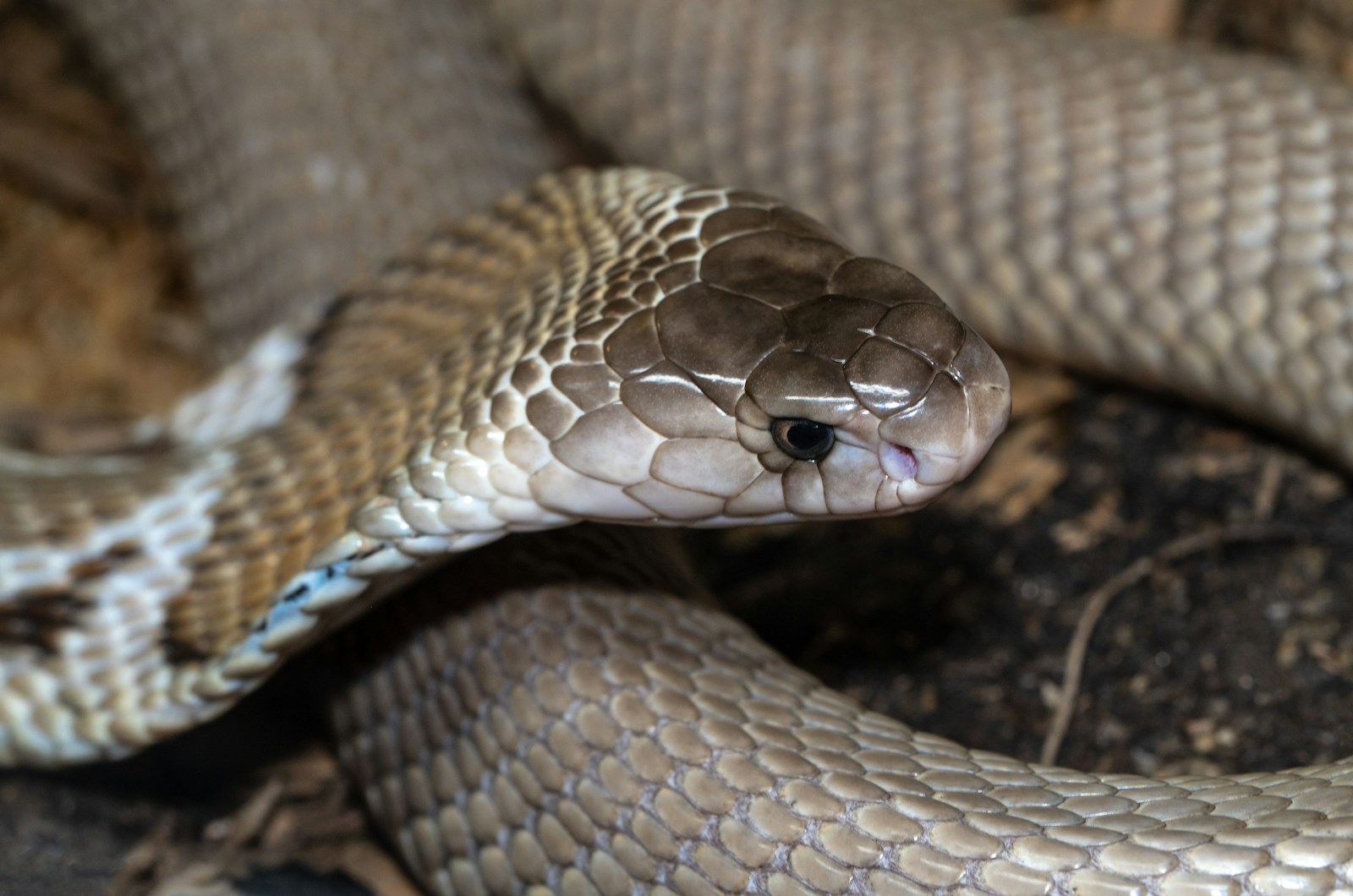
The venom of a king cobra is a potent neurotoxic cocktail designed to swiftly immobilize and kill its prey. A single bite can deliver enough venom to kill 20 people or even bring down an elephant, with death potentially occurring within 30 minutes if left untreated. Their specialized venom targets the victim’s central nervous system, progressively shutting down vital functions by blocking nerve transmission to muscles. Unlike many other venomous snakes that deliver relatively small amounts of venom, king cobras can inject massive quantities in a single bite—up to 7ml in some cases. This impressive biochemical arsenal evolved primarily to subdue other snakes, which often have natural resistance to snake venoms, requiring the king cobra to produce especially potent toxins.
Cognitive Capabilities Beyond Expectations
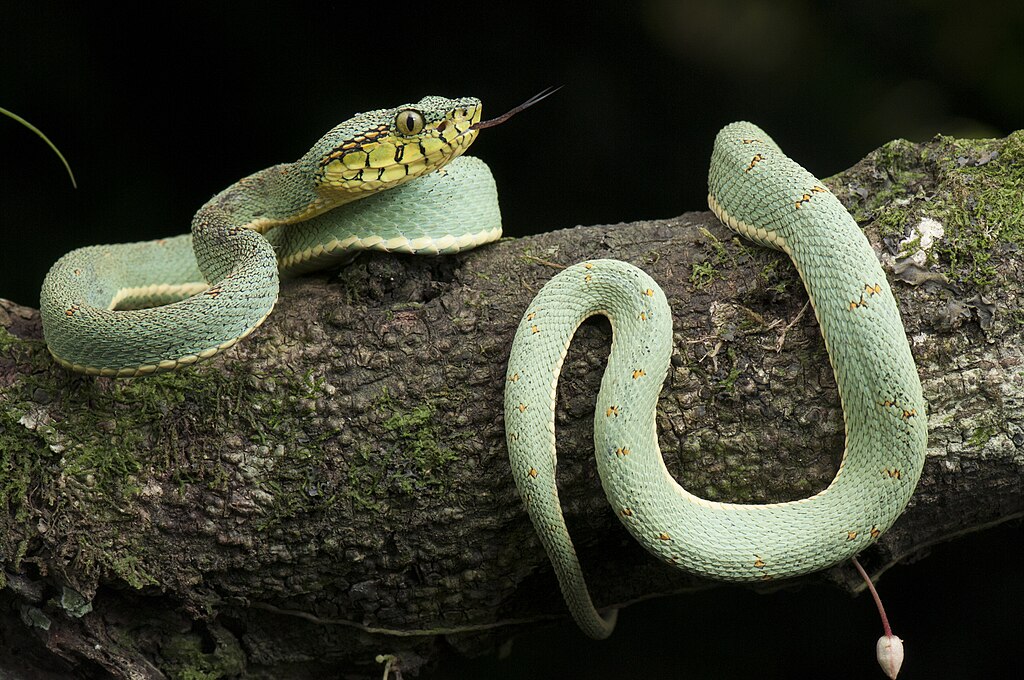
Research has revealed that king cobras possess cognitive abilities that far exceed what was previously believed possible for reptiles. These snakes demonstrate remarkable problem-solving skills when faced with complex situations in their environment. They show evidence of spatial memory, remembering locations of prey, safe retreats, and potential dangers across their large territories. King cobras can also recognize individual humans and other animals they encounter regularly, adjusting their behavior based on past interactions. This cognitive sophistication challenges long-held assumptions about reptilian intelligence and suggests these creatures process information in ways more complex than the simple stimulus-response patterns once attributed to them.
Parental Care: The Gentle Side Emerges
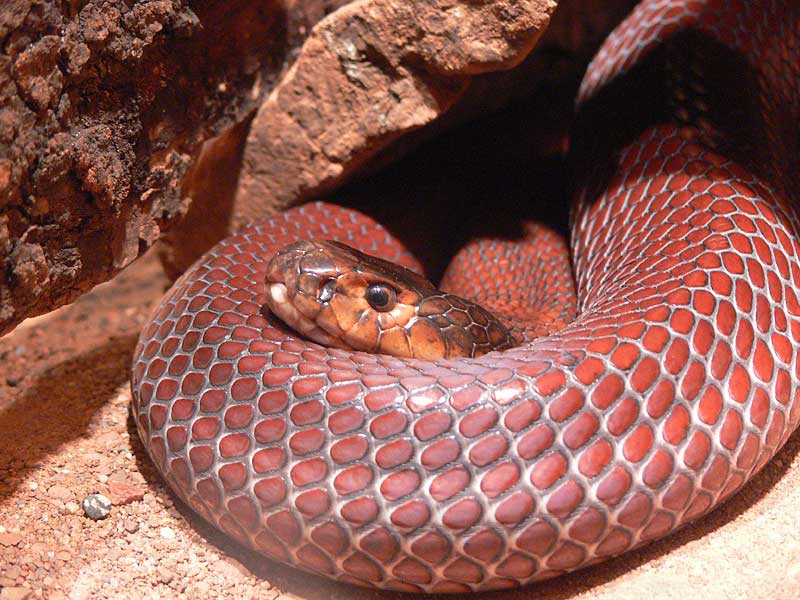
Perhaps the most surprising aspect of king cobra behavior is their extraordinary parental investment—a rarity among snakes and virtually unheard of among venomous species. Female king cobras construct elaborate nests from vegetation, carefully manipulating leaves and plant material to create protective chambers for their eggs. After laying up to 40 eggs, the mother remains with her nest for approximately 60-90 days, fiercely guarding her future offspring against potential predators. This maternal dedication represents a tremendous sacrifice, as the female generally fasts during this entire period, losing significant body weight and condition to ensure her offspring’s survival. This level of parental care stands in stark contrast to most other snake species, which typically abandon their eggs immediately after laying.
Conflict Avoidance: The Warning Before the Strike
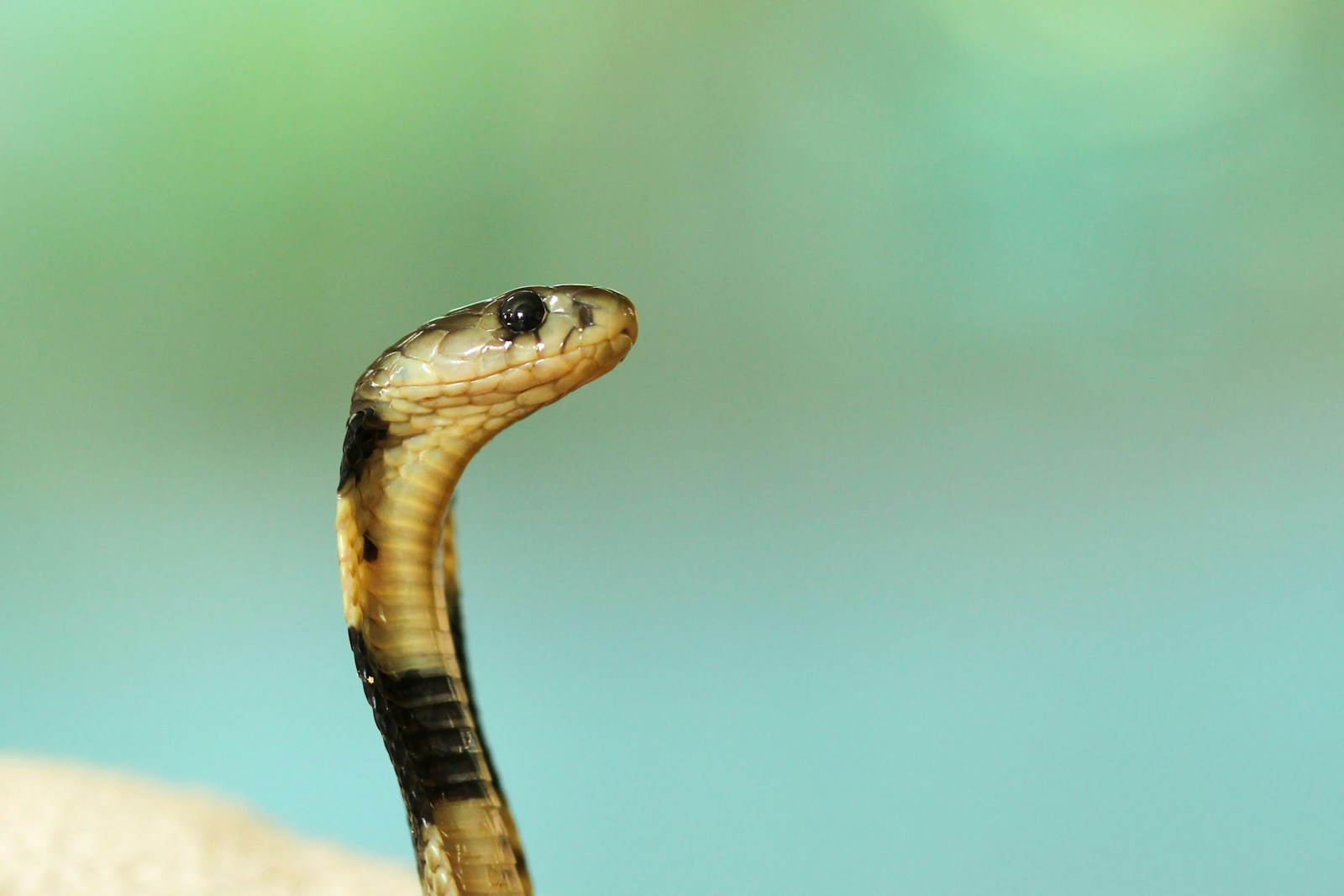
Despite their deadly capabilities, king cobras display a strong preference for avoiding confrontation whenever possible. When encountering humans or potential threats, they employ an elaborate series of warning behaviors before resorting to a defensive strike. The sequence typically begins with the iconic hood display, accompanied by a distinctive hiss that sounds remarkably different from other snakes—higher-pitched and more forceful, almost like a growl. If these warnings go unheeded, the snake may perform mock strikes with a closed mouth before delivering an actual bite as a last resort. These graduated warning signals demonstrate the king cobra’s reluctance to waste venom unnecessarily and suggest a level of behavioral restraint not commonly associated with venomous predators.
Sophisticated Hunting Techniques
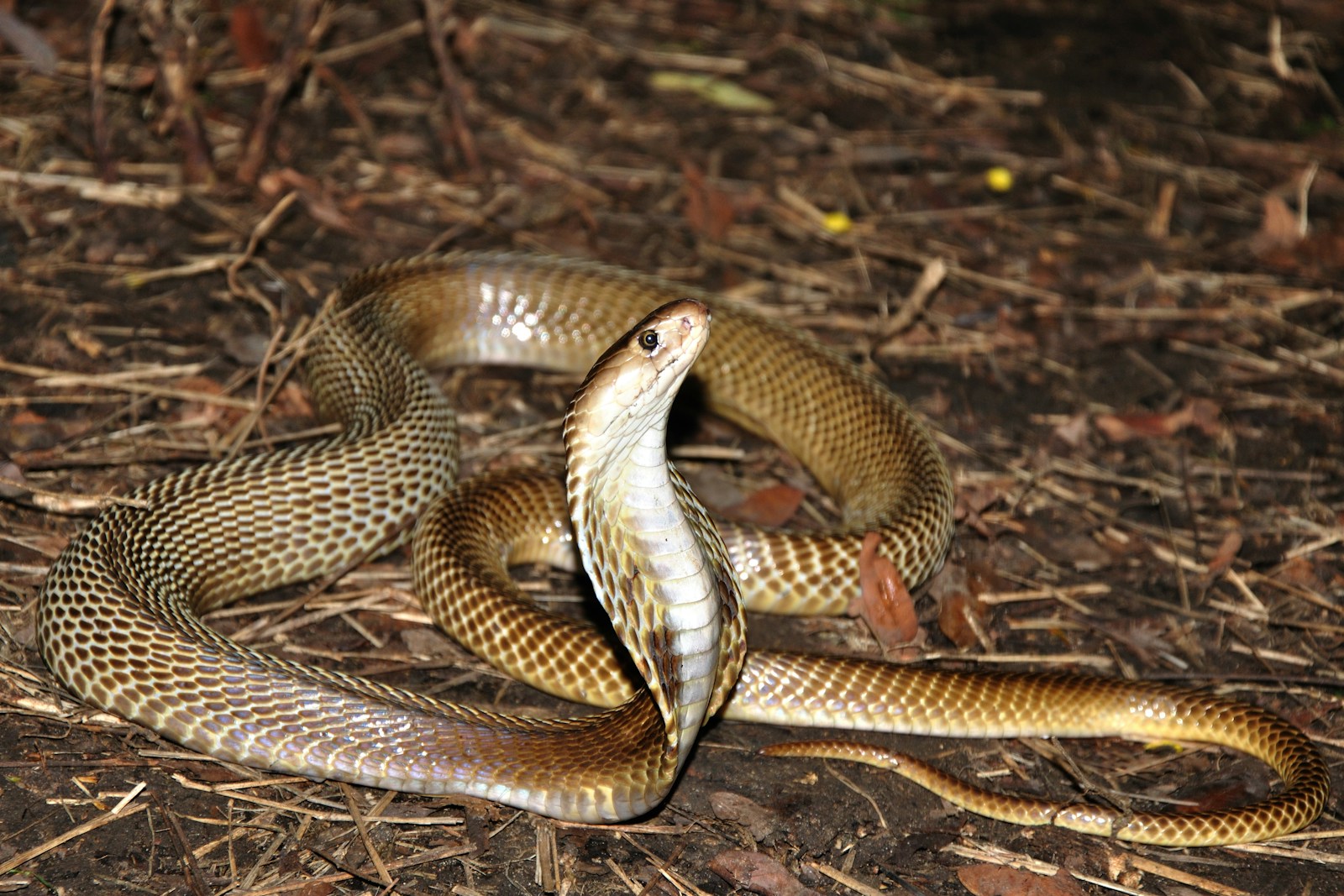
King cobras employ hunting strategies that reveal sophisticated tactical thinking rather than simple ambush techniques. They actively track their prey using a combination of visual hunting during daylight hours and chemical sensing via their forked tongues, which collect scent particles from the air. When pursuing other snakes, king cobras demonstrate remarkable patience, often following their quarry for extended periods before selecting the perfect moment to strike. They show particular caution when hunting venomous prey, executing precisely targeted strikes to minimize risk of injury. After delivering venom, the king cobra will maintain a safe distance while tracking its dying prey, demonstrating an awareness of the continuing danger posed by injured venomous snakes.
Territorial Behavior Without Excessive Aggression
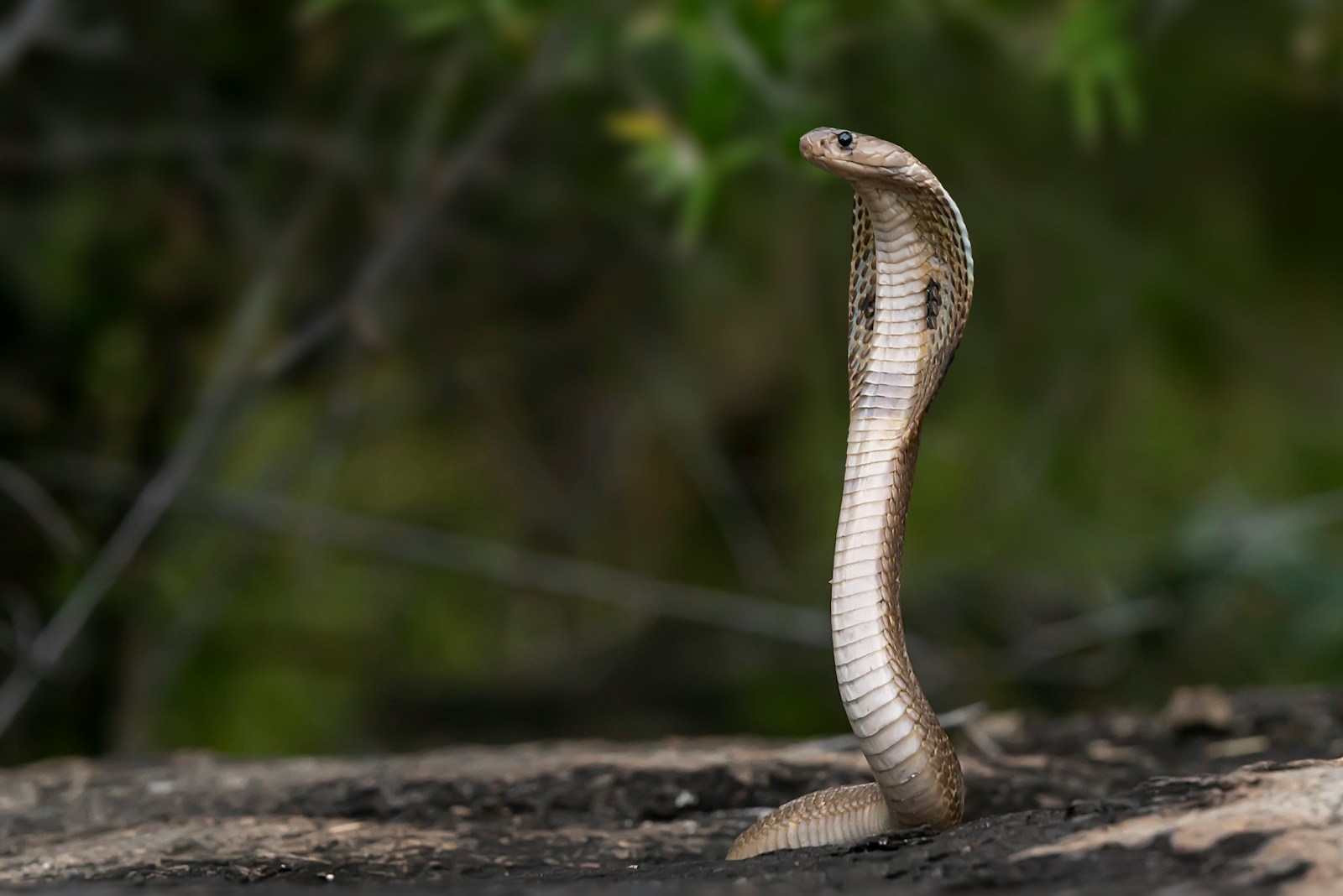
Male king cobras establish and maintain large territories, particularly during breeding season, yet display surprising restraint in territorial disputes. Rather than immediately resorting to potentially dangerous physical combat, rival males engage in an impressive ritualized display known as a “combat dance.” During these confrontations, the snakes raise the front third of their bodies vertically, intertwining and wrestling while attempting to force each other’s head to the ground. These contests rarely result in serious injury, as biting is generally avoided, suggesting an evolutionary advantage to resolving conflicts without risking venom exposure. This sophisticated conflict resolution system demonstrates how even creatures armed with deadly weapons can evolve mechanisms to prevent unnecessary violence.
Communication Skills: Complex Social Signals
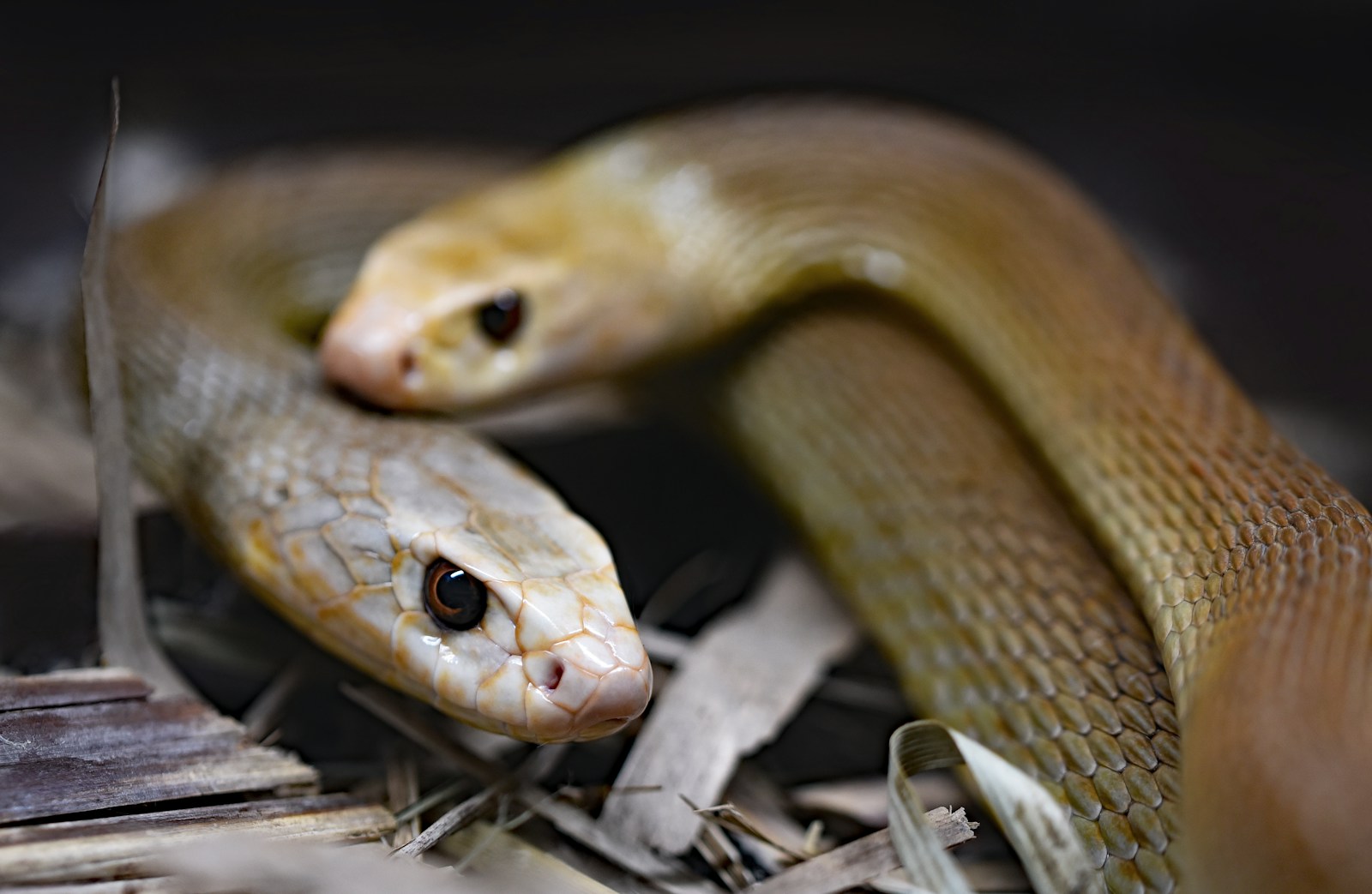
King cobras possess a remarkably diverse communication repertoire that facilitates both intraspecies social interactions and warnings to potential predators. Beyond their famous hood display, these snakes utilize body positioning, distinctive movements, and even tail vibrations to convey specific messages to conspecifics during mating season and territorial encounters. They can produce several distinct vocalizations ranging from deep hisses to higher-pitched calls that serve different communicative functions. During courtship, males and females engage in elaborate interactions involving gentle touching behaviors that contrast sharply with their aggressive hunting tactics. This communication complexity suggests social awareness and intentionality not typically associated with reptiles.
Adaptability in Human Environments
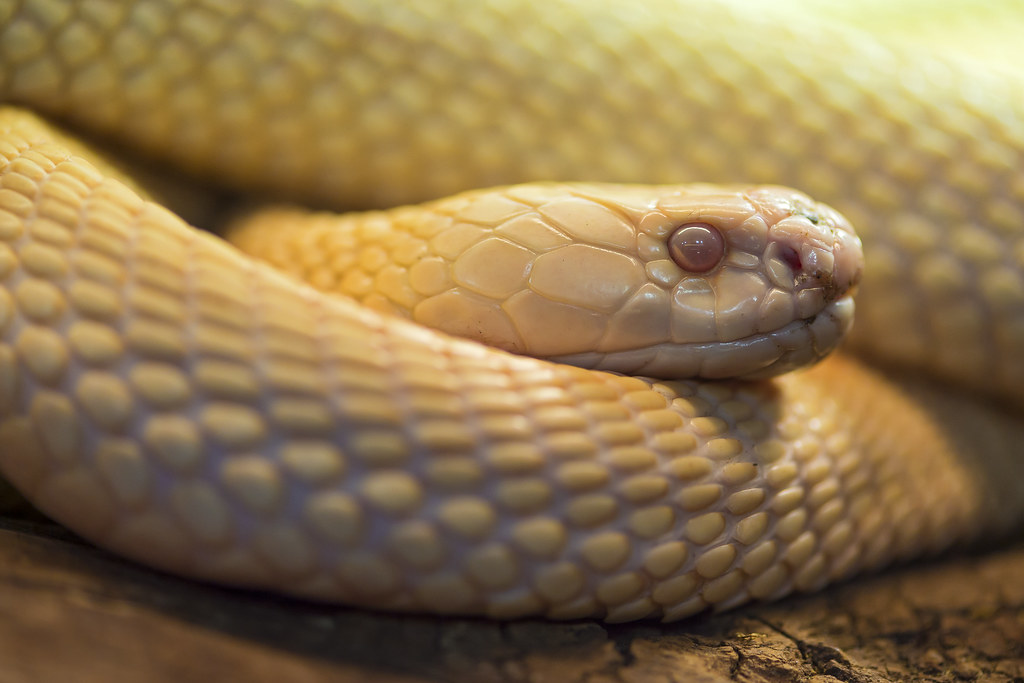
Despite their fearsome reputation, king cobras have demonstrated remarkable adaptability when living in proximity to human settlements. In agricultural areas throughout their range, these intelligent reptiles often take advantage of rodent populations drawn to crops while generally avoiding direct human contact. They learn to navigate human-modified landscapes, utilizing irrigation channels, abandoned structures, and boundary areas between forests and farmland. Studies tracking king cobras in such environments reveal they develop consistent movement patterns that minimize encounters with humans, often becoming nocturnal in areas with high human activity. This behavioral plasticity indicates sophisticated environmental assessment capabilities rather than rigid instinctual responses.
Cultural Significance and Reverence
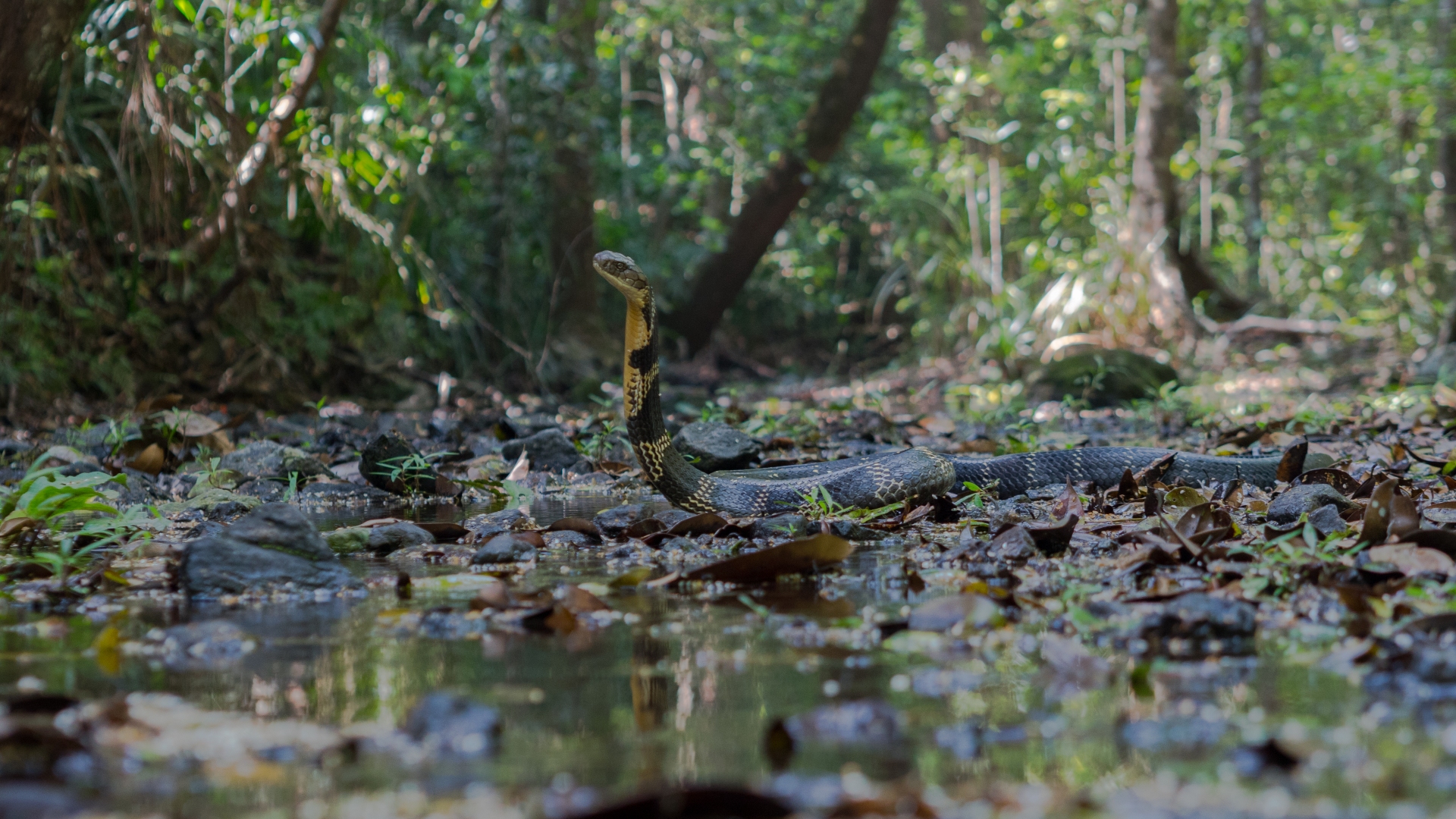
Throughout their native range, king cobras hold profound cultural significance that reflects human recognition of their dual nature as both deadly and dignified creatures. In Hindu mythology, the king cobra serves as the necklace of Lord Shiva and as the bed upon which Lord Vishnu rests, symbolizing both destruction and protection. Many indigenous communities in Southeast Asia consider the king cobra a guardian spirit deserving of respect rather than fear. Annual festivals in parts of India celebrate these serpents with offerings and ceremonial protections, reflecting ancient understanding of their ecological importance. These cultural practices suggest that traditional societies recognized the complex nature of these animals long before modern science documented their behavioral sophistication.
Conservation Challenges and Declining Populations
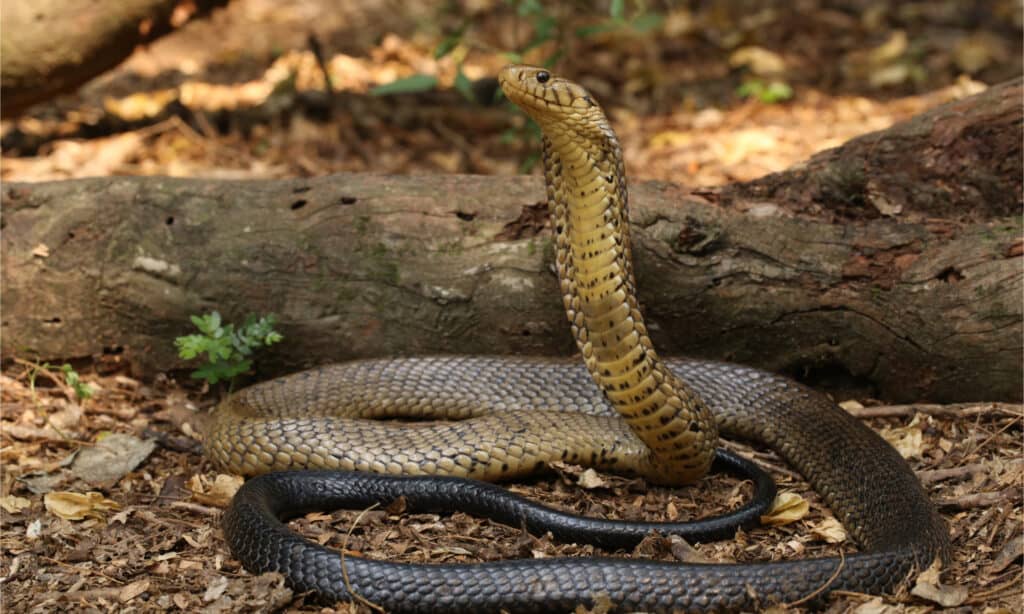
Despite their fearsome reputation, king cobras face significant threats that have led to declining populations across much of their range. Habitat destruction represents the most serious challenge, as ancient forests are cleared for agriculture, plantations, and urban development, fragmenting the large territories these snakes require. Persecution by humans who kill them out of fear compounds these pressures, while illegal collection for the exotic pet trade and traditional medicine markets further depletes wild populations. Climate change poses additional threats by altering temperature and precipitation patterns in ways that may affect the king cobra’s specialized reproductive biology. Conservation efforts are complicated by the paradoxical nature of protecting a potentially dangerous species while acknowledging its ecological importance as an apex predator.
Human Interactions: Beyond the Fear
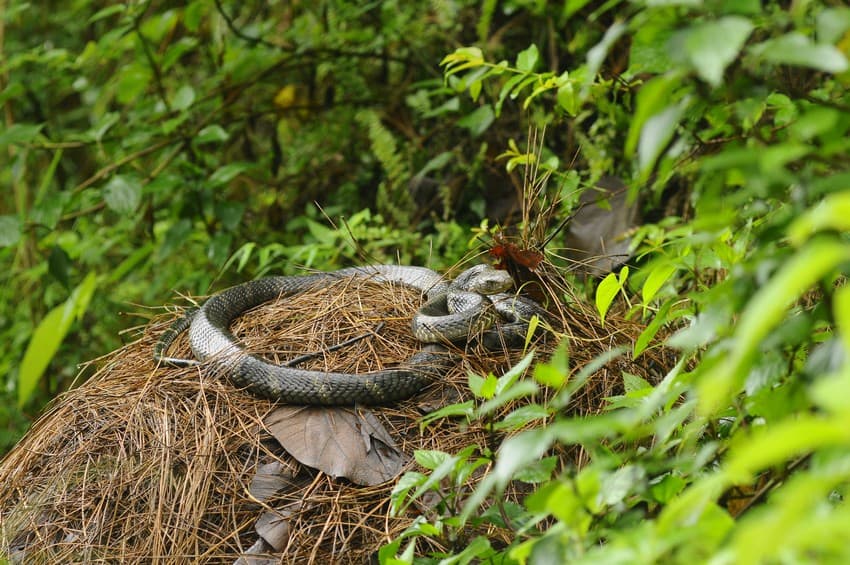
Professional snake handlers and researchers who work closely with king cobras consistently report experiences that contradict the snake’s fearsome reputation. Many describe individual cobras that become surprisingly tolerant of routine interactions, demonstrating what appears to be recognition of familiar handlers and distinguishing between threatening and non-threatening human behaviors. Wildlife rescue organizations that rehabilitate injured king cobras note how quickly many specimens adjust to captive environments, suggesting cognitive flexibility rather than rigid instinctual responses. Experienced handlers emphasize that most king cobra bites to humans occur when the snakes are harassed, cornered, or mishandled, supporting the view that these animals prefer avoidance over aggression despite their formidable defensive capabilities.
Conclusion: Respecting the Duality
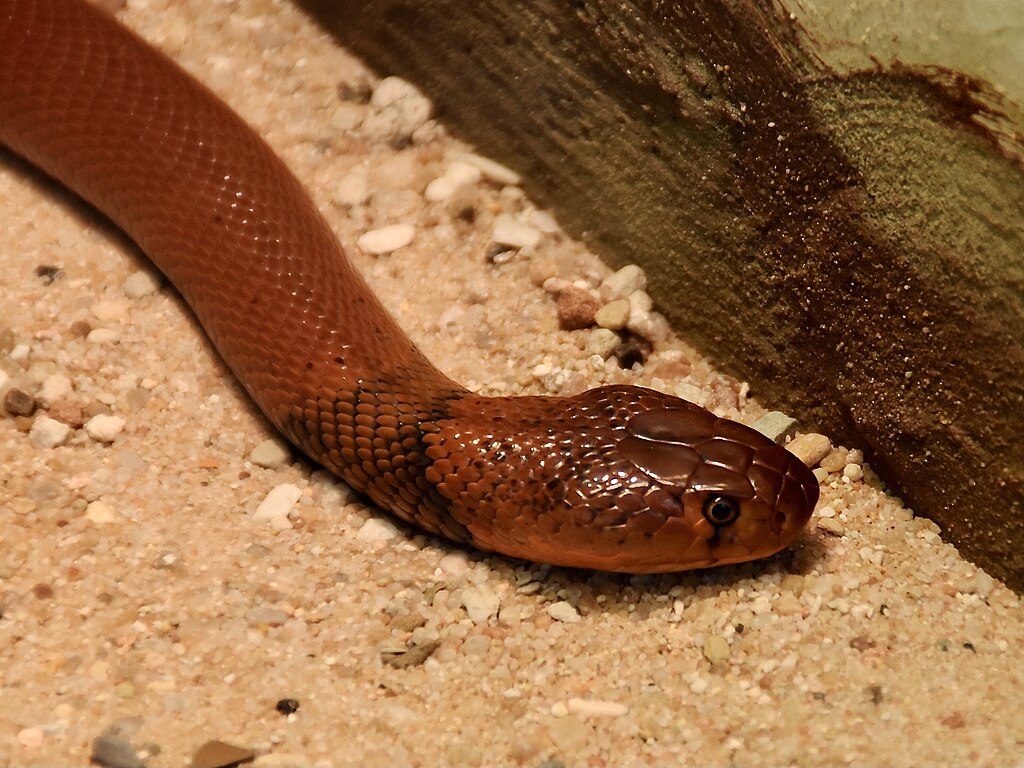
The king cobra embodies a fascinating paradox that challenges our tendency to categorize wildlife as either dangerous threats or harmless companions. These magnificent serpents possess both deadly venom and gentle parental behaviors, territorial aggression and conflict avoidance strategies, fearsome hunting abilities and sophisticated social communication. By recognizing this duality, we gain a more nuanced understanding not just of this particular species, but of how evolution shapes complex behavioral repertoires even in creatures we fear. The king cobra reminds us that nature rarely conforms to simple categorizations, and that respecting wildlife often means acknowledging contradictions that defy our human tendency toward black-and-white thinking. In this remarkable serpent, deadliness and gentleness coexist—a powerful reminder of the complexity waiting to be discovered in the natural world.

